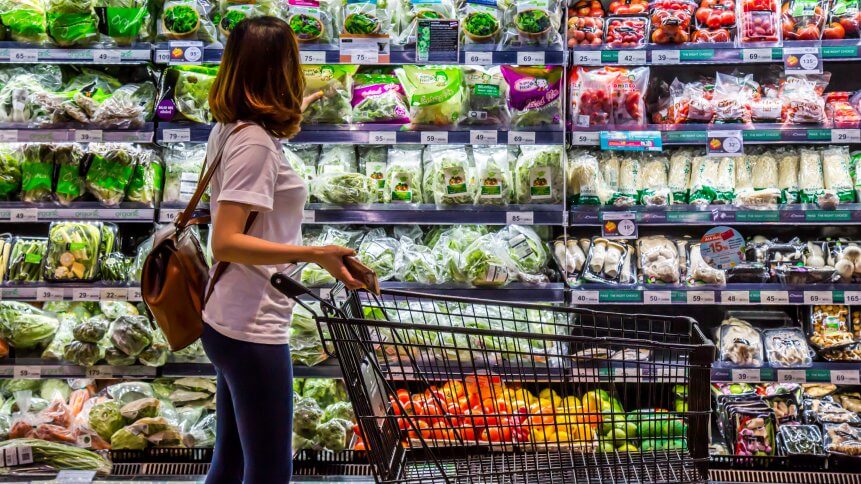Why AI and IoT will play a big role in retail of tomorrow

The pandemic has left irreversible changes within the retail industry as consumer behavior during a time of limited and regulated movement evolved. A PYMNTS 2020 Remote Payments Study reported that mobile devices are the most popular device for online shopping, with up to 72% of consumers using their mobile devices to shop.
The explosion of online shopping saw an increase of 146% in online retail orders as of April 21, 2020 when compared to the same period last year. While e-commerce’s growth has accelerated by “four to six years” according to a recent report published by Adobe indicated that on the ground retailers are now embracing digital-first approaches in order to acclimate to the new norms of social distancing and minimized contact. By enlisting artificial intelligence (AI) and Internet of Things (IoT) solutions, the retail sector is implementing new approaches to enhance customer experience, drive sales, and, most importantly, ensure the safety of employees and retailers in stores.
AI
AI applications can accommodate multiple retail scenarios; AI in the retail market is set to hit US$19.9 billion by 2027, with leading brands already placing AI in storefronts.
Luxury department store Neiman Marcus makes it easier for customers to find items through visual search. The company’s Snap.find.shop. app is powered by AI, and it enables customers to seek items that match closely with photos they’ve taken.
At Macy’s, customers can seek the assistance of the company’s On Call app for a better shopping experience. Macy’s On Call app is tailored with answers for specific stores. Customers can chat with an AI-backed bot for inventory checking and directions to navigate around the store. Interestingly, the AI bot is able to detect if a customer is getting frustrated and alert a store associate for help.
These projects were already well in place before the pandemic but will play a bigger role post-COVID, serving as an example for other retailers seeking to incorporate technology. These AI-inspired solutions are customer-centric and could potentially take over the role of store associates, which helps reduce the risks for retail employees at this time.
IoT
If AI solutions are adopted for enhanced services and to ease the burden of store personnel, IoT is then famed for their data-driven approaches to turbocharge core operations in retail.
Recently, Auchan Retail Portugal, with a network of 34 supermarkets and hypermarkets across the European country, announced it would deploy a fleet of autonomous robots for optimized shelf monitoring.
These autonomous robots will circle around the stores up to three times daily to capture photos of every shelf and aisle. The captured photos are then digitized at scale with computer vision and IoT, and then converted into reports with actionable insights for store staff to act upon. The reports delivered through a mobile app will boost store employees’ efficiency in managing, prioritizing, and resolving shelf issues.
YOU MIGHT LIKE

How the low touch economy could play out for retailers
Andre Vieira, Digital Director at Auchan Retail Portugal, noted that “innovation, through the search for digital strategies, focused on people and improving customer service is one of Auchan’s great bets. With the introduction of autonomous robots, Auchan wants to improve productivity in stores, and optimize the supply chain, freeing employees to focus 100% on the mission of providing a better customer experience.”
Early this year, Amazon launched one of the first cashier-less grocery stores. The Amazon Go and Just Walk Out Shopping concept relies on the power of AI, IoT, and computer vision.

Cameras and sensors track shoppers at Amazon Go Grocery. Source: AFP
With sensors and cameras planted at strategic corners of the store, the cutting-edge technology is able to identify the type and quantity of product a shopper has picked up from the shelf. When customers are done filling their grocery bags, the next step would be to “just walk out” and the purchase amount will be deducted from their Amazon accounts.









